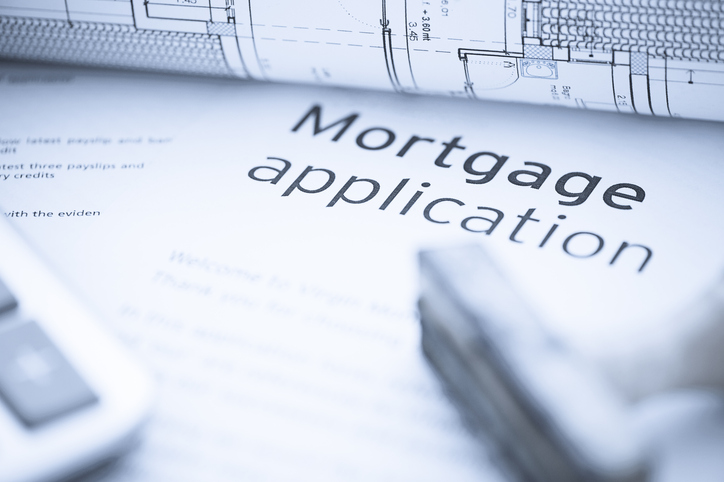Among the various loan types available, a mortgage loan is a top-shelf option for securing funds for property purchases. If you can’t afford to finance your dream house, a loan may be the closest approach to realizing your goals.
Most people in developing countries who have tapped into this strategy now own the best properties and assets. Over time, this increasing success rate has encouraged more people to opt for mortgage loans as a tool for obtaining funds.
However, choosing this route can be risky unless you have an all-around education on what it entails. For this reason, this article provides thorough information to help you reach your investment goals.
What is a mortgage loan?
A mortgage loan helps you access funds to acquire property if you use an immovable asset as collateral. You may pledge a house or real estate in exchange for financial aid. This doesn’t strip you of property ownership, except if you fail to repay your loan within the given time.
For example, if you’re a landlord in dire need of money, it’s easy to take a loan from the bank using your land as collateral. The bank can only foreclose on your property if you default on the payment agreement.
Most lenders prefer mortgage loans over other loan types because they are less risky to deal with when borrowers default on payment. You may mistake them for home loans, but they are not the same. While we can refer to all mortgage loans as home loans, not all home loans can be classified as mortgages.
What are the types of mortgage loans?
- Fixed-rate mortgage: When your loan is a fixed-rate mortgage, it simply means the interest rate doesn’t change throughout the loan term. Even when there are external changes from the market rates or economic situation, borrowers are sure that their rates will remain stable.
- Balloon loans: This mortgage may not be completely amortized by the end of the loan term if borrowers maintain their regular payment structure. Lenders may arrange for balloon payments to be made in installments but it may not be accessible to individuals with low credit scores.
- Adjustable rate mortgage: Most people refer to this loan as ARM, this is different from a fixed-rate mortgage. With an ARM, prices are subject to change and can be affected by external factors. Individuals who opt for this usually don’t have plans for long-term property ownership. They may choose to refinance at a fixed rate before changes occur.
- Government-backed loans: Here, loans may come in two forms: direct issue and insured. Direct-issue loans are a type of mortgage loan low-income earners can get from government agencies. However, insured loans can only be issued by banks and private lenders.
Also Read: 7 Best Homeowners insurance companies in the U.S.A.
How a mortgage loan works
For mortgage loans to work, borrowers must choose a plan they can afford. The debt-to-income ratio determines the mortgage type you are qualified to get.
When you take a loan, you agree with the lender on the amount, interest, loan term, and amortization period. The amortization period is the time it takes to repay your loan amount and interest.
With a mortgage calculator, you can decipher which part of your monthly payment will be designated as principal and interest. The principal is the actual amount you borrowed, while the interest is the extra charges on the loan.
After deciding on the right type of mortgage, you must make sure to choose the right lender. The type of mortgage you opt for determines who your lenders will be. For instance, you can go for government agencies if you’re a low-income earner and may struggle with huge down payments.
Ideally, lenders screen borrowers to discover their financial capacity and credit score before conducting a property appraisal. This ensures that the collateral is worth more than the loan amount.
This inspection is an important part of the application process, and individuals who are found worthy will immediately start the documentation process. Here, you will submit your bank details, driver’s license or passport, contact information, and investment accounts to the lenders.
Eligible applicants may undergo further checks before a contract is signed. Also, there may be a waiting period before they have full access to their loan.
Conclusion
In general, this article discusses at length the meaning of a mortgage loan, who can secure one, and the application process involved. After reading, you must compare available lending institutions to make informed choices.

